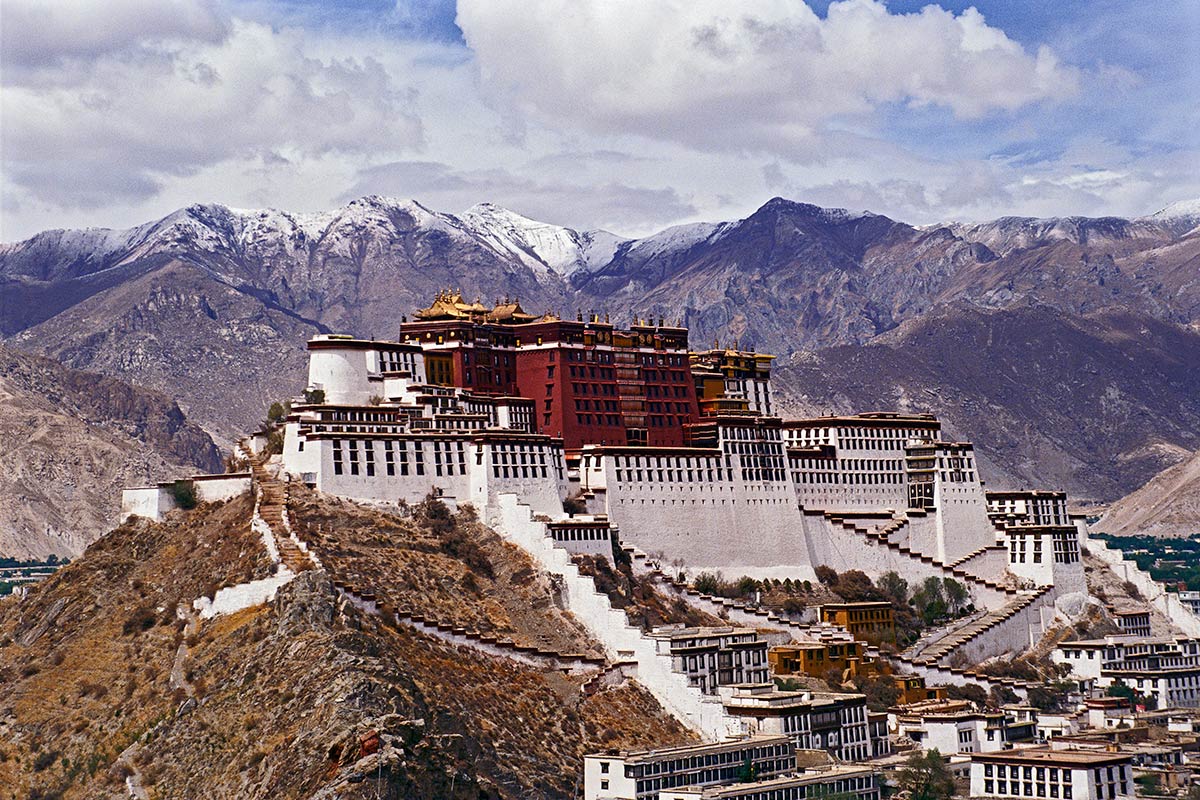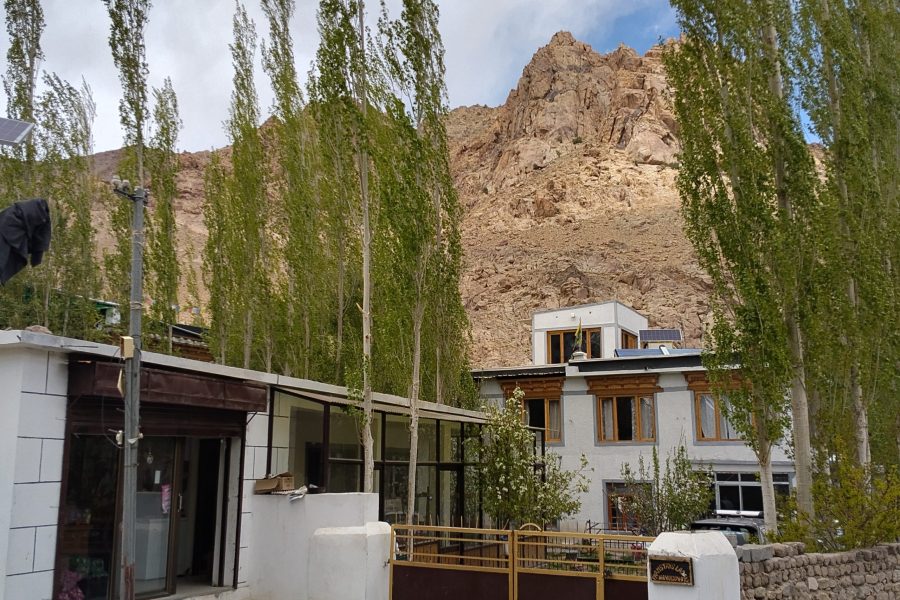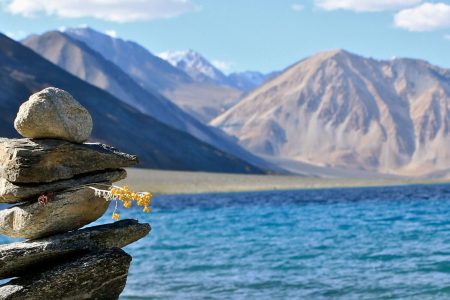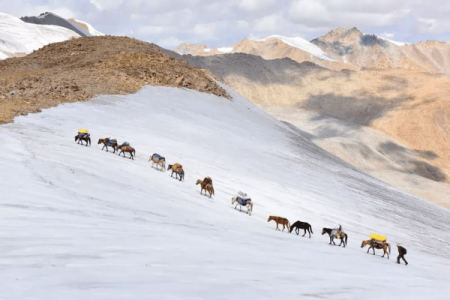Conclusion
Phyang Monastery is not just a place of worship; it is a testament to the enduring spiritual heritage of Ladakh’s high-altitude borderlands.
Located about 15 kilometers west of Leh, Phyang Monastery belongs to the Drikung Kagyu sect of Tibetan Buddhism and is believed to have been established in the early 16th century. It is one of the earliest monasteries in Ladakh to introduce the Drikung teachings and is home to a large number of monks who uphold a disciplined spiritual life. The monastery is especially renowned for its vibrant annual Phyang Tsedup Festival, which draws devotees and tourists alike.
Perched on a hilltop with sweeping views of the surrounding valley, Phyang Monastery is famed for its sacred Cham dances during festivals, where monks in vibrant masks depict mythical tales and the eternal battle of good versus evil. During these occasions, a massive thangka is unfurled on the hillside near the monastery, creating a majestic and spiritually charged atmosphere. The monastery complex houses centuries-old murals, sacred statues, and an extensive library of Tibetan scriptures, making it a rich site for art, culture, and spiritual exploration.
For devotees, Phyang Monastery offers deep spiritual immersion through prayer rituals and festivals. For observers and travelers, it allows rare insights into monastic life, with opportunities to attend early morning chants or meditate in silence. And for artists and photographers, its murals, rituals, and ancient structures provide boundless inspiration.
Whether you’re a seeker of faith or beauty, Phyang Monastery promises to touch your soul and stay etched in your Ladakhi memories forever.




